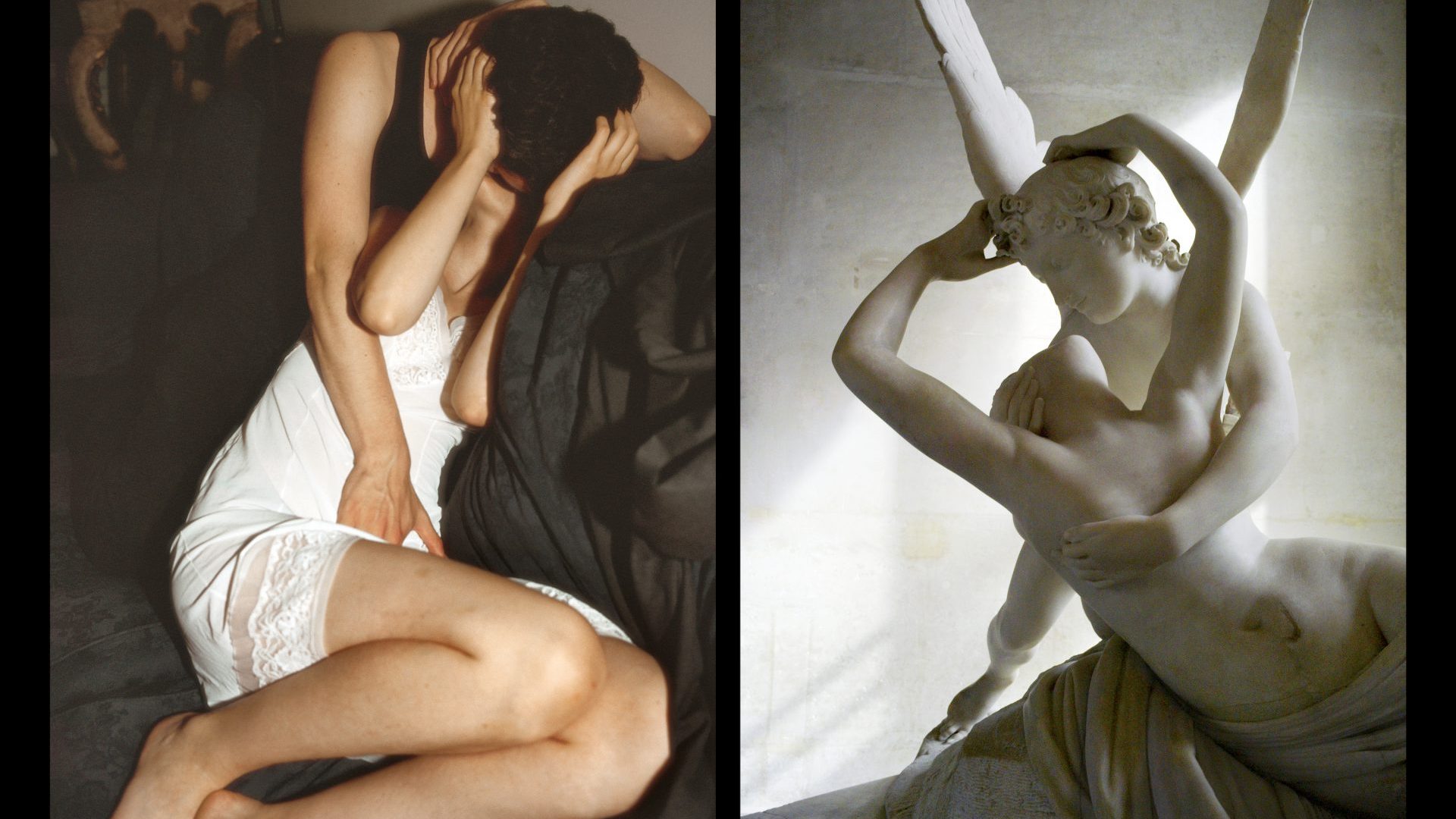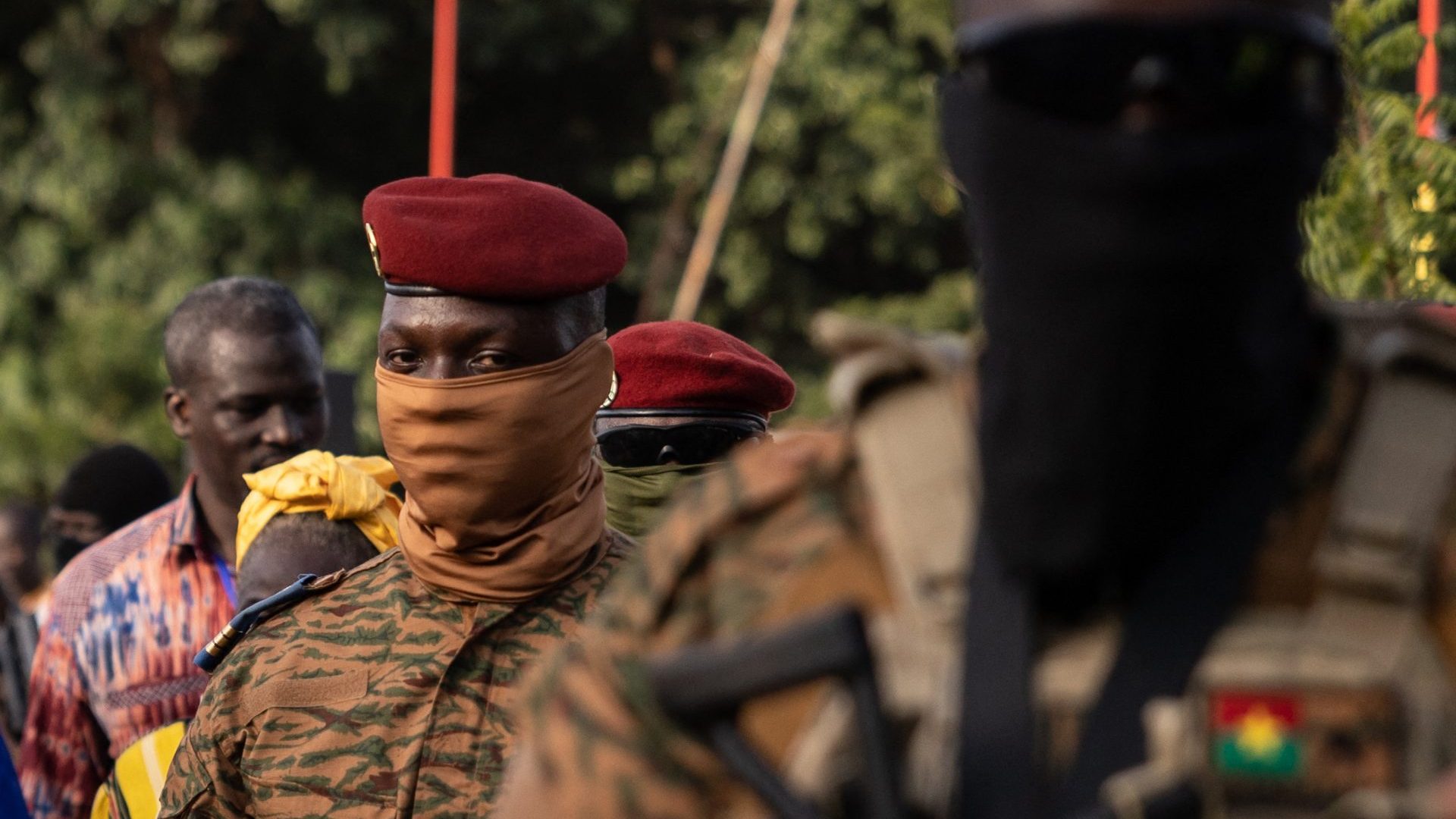I have seen some wonderful retrospectives, but none matches Les Rencontres de la photographie d’Arles, the annual photography fair in Provence. Yet before you get to the photography itself, there is the city.
The architecture of Arles is an endless succession of ruins and remains, from different historical periods. The Ligurians, Greeks, Celts all came here, as did the Romans, who used it as a retirement colony for Caesar’s sixth legion.
Of course, Van Gogh also came here. It seems fitting that a place of such deep historical memory should host a fair given over to captured moments of the past.
Established in 1970 by the photographer Lucien Clergue, writer Michel Tournier and historian Jean-Maurice Rouquette, the annual photographic fair, which runs from July to September, is the best in Europe, and arguably the world. The line-up for the 2025 edition includes shows dedicated to Nan Goldin, works by and of Australia’s First People, and fashion photography of designs by Yves Saint Laurent.
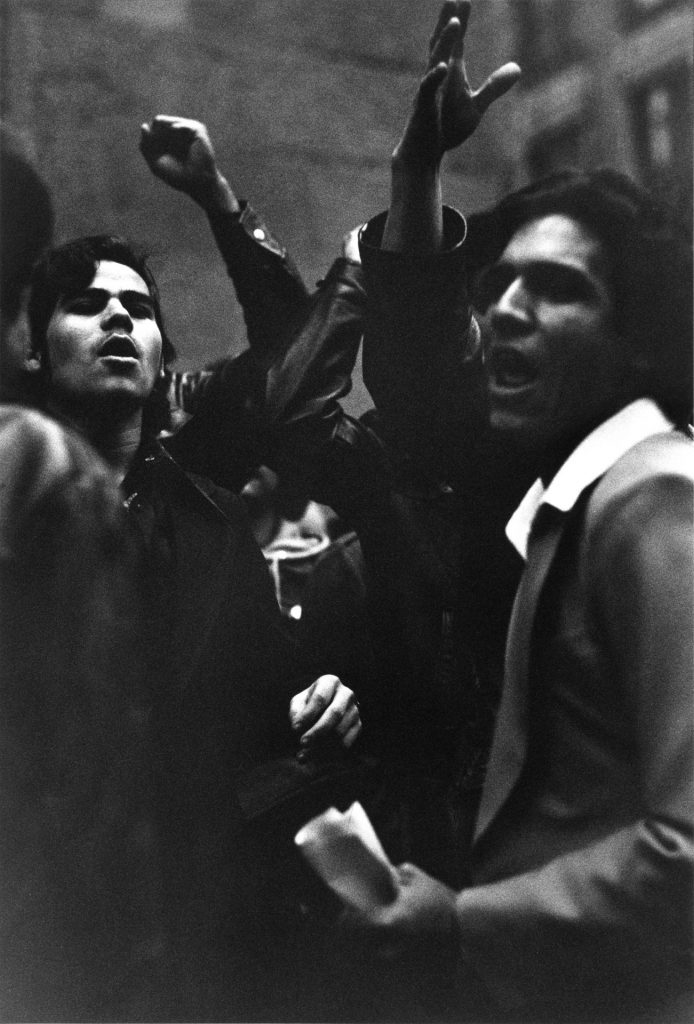
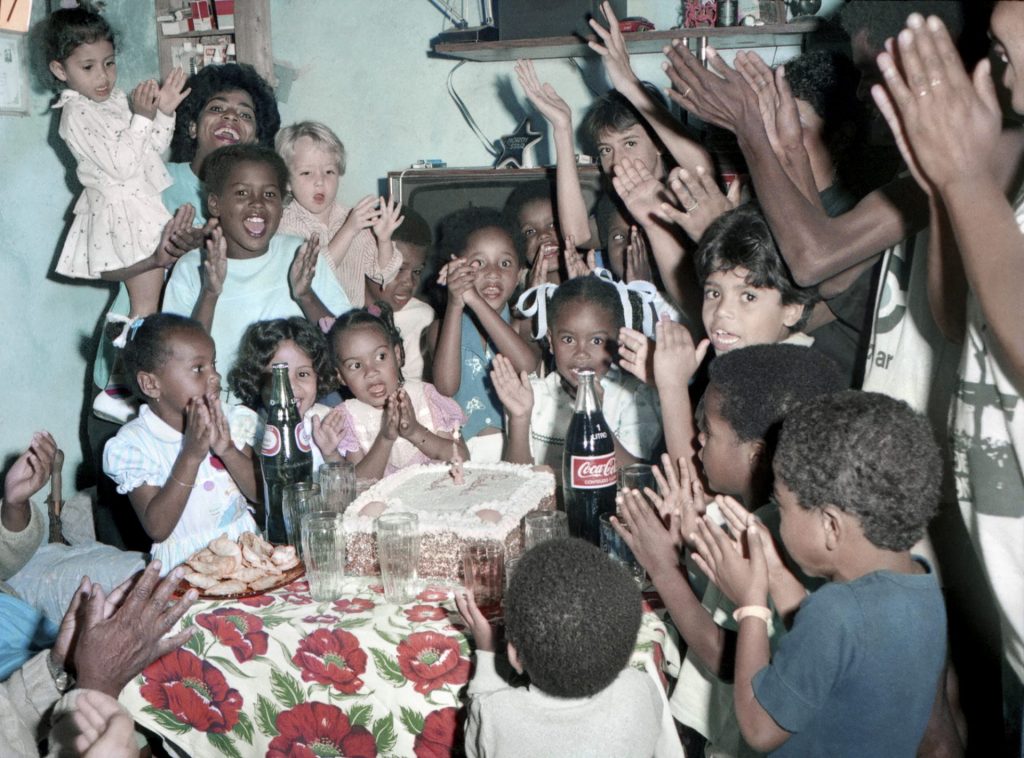
Retrospectives and exhibitions of new photography from across the globe are hosted in dozens of venues located throughout the historic city. The work by Goldin, the American photographer and activist, is almost embarrassingly sensual, not least Young Love, which shows two figures embracing on a couch, in a pungent study of black and white contrast. There is also the colour-saturated surrealism of Camille Lévêque, whose In search of the father undercuts the image of the happy family using alien-like distortion of the central figure.
Van Gogh railed against Arles for its provincialism. Situated close to the municipal museum and dedicated to the troubled artist is the Van Gogh Space, a reconverted 16th-century hospital where he was committed after cutting off his left earlobe in December 1888.
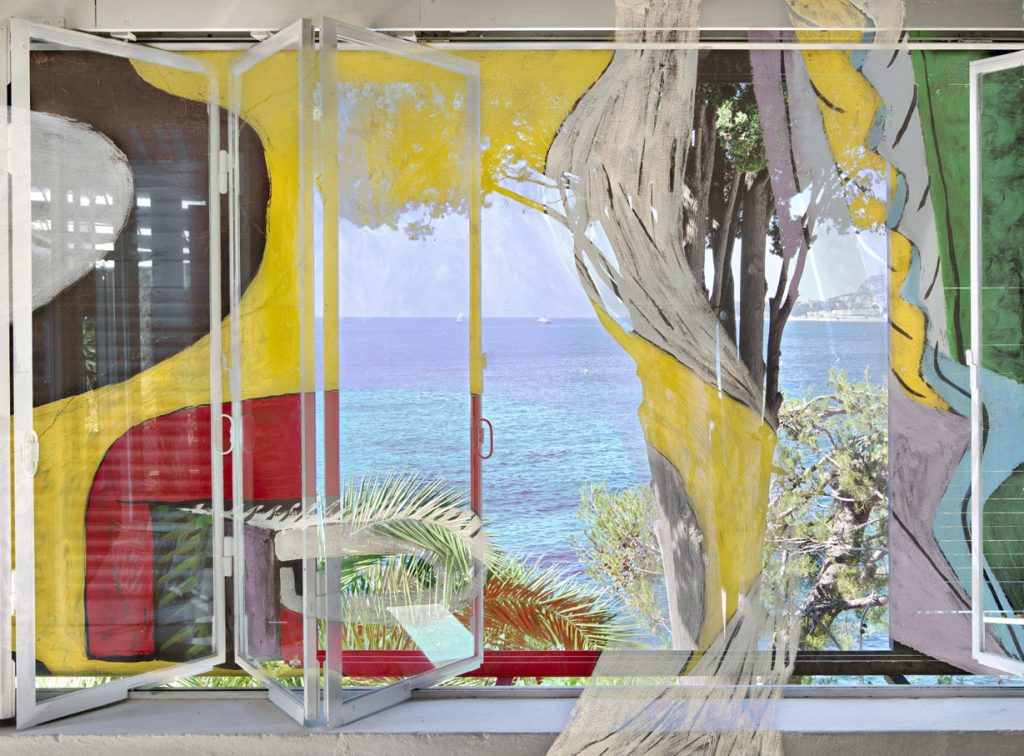
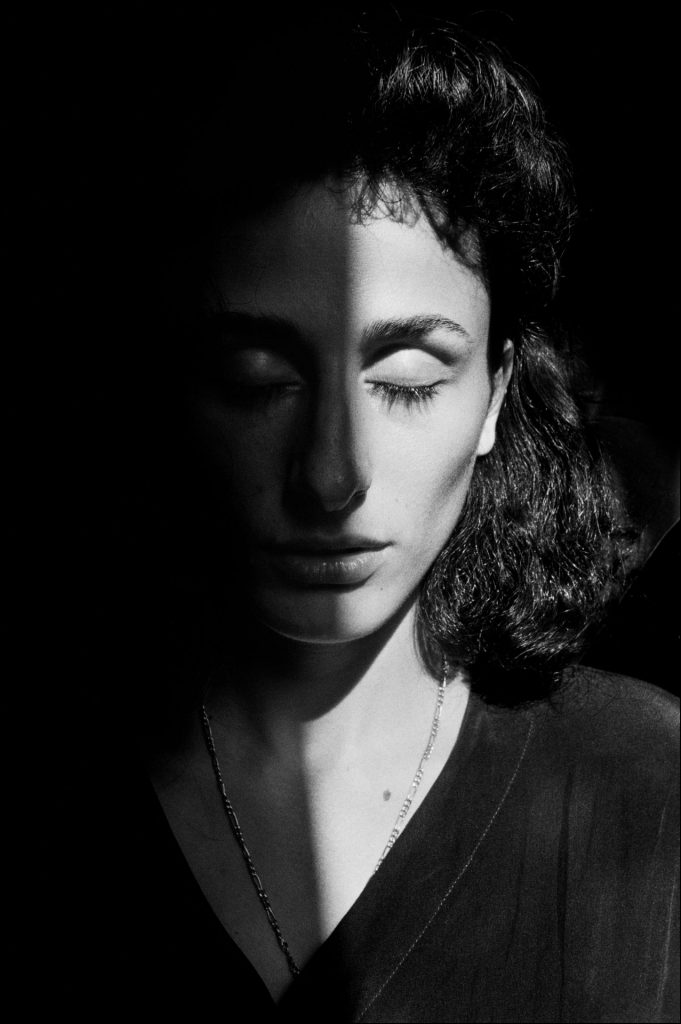
In letters to his brother, Van Gogh was disparaging in his comments about the recently repurposed 15th-century seat of the Grand Priory of the Order of Malta, which opened as a museum in 1868 to house the collections and works of local painter Jacques Réattu. But the stature of the provincial Musée Réattu improved in the 1950s, when modern art and photography entered the collections. In 1971, Pablo Picasso – who was often in town to attend bullfights – donated 57 of his most recent drawings to the museum.
Jean-Claude Gautrand, a photographer – as well as a curator, journalist and photography historian – began showing his work at the Musée Réattu in 1971, shortly after the foundation of the Arles Photographic Fair. Since then, he has documented the fair.
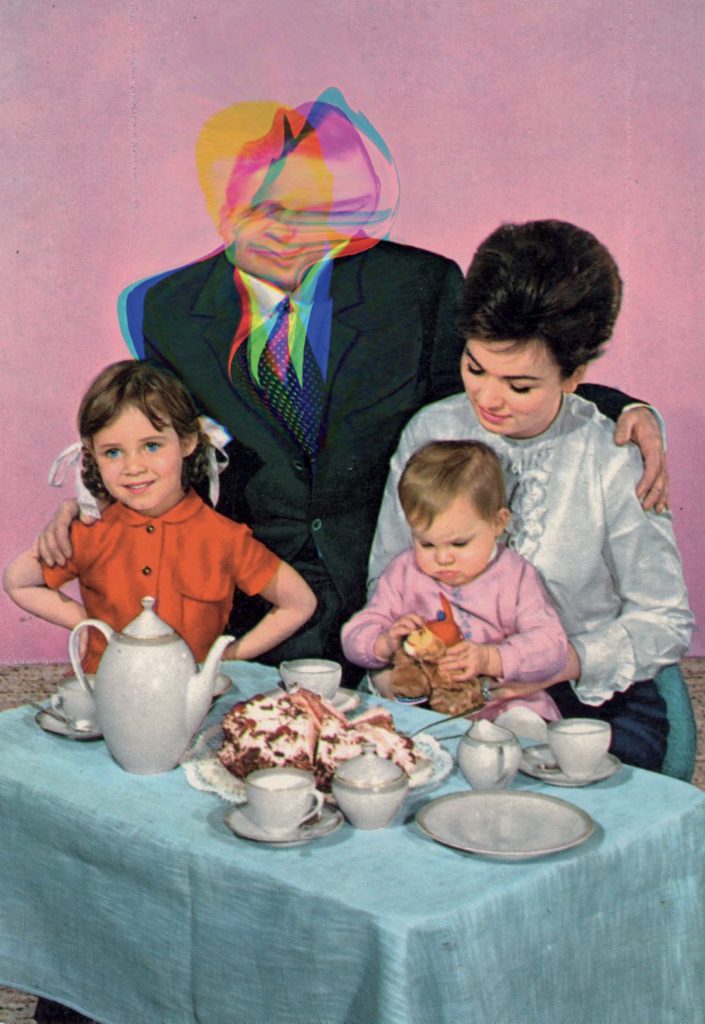
A pass for the photographic fair provides unrivalled access to the city’s historical treasures. For anyone interested in architecture and photography, Arles might just be your ideal summer holiday destination.
In recent years, the fair has extended beyond Arles as the pass grants access to a number of spaces around the south of France. Perhaps Van Gogh, if he could see Arles now, would be pleased by the dynamism and pungency of the images on display here.
Duncan Wheeler is professor and chair of Spanish studies at the University of Leeds

